Y Filltir Sgwâr /The Square Mile: Pwll-du – remembering a village
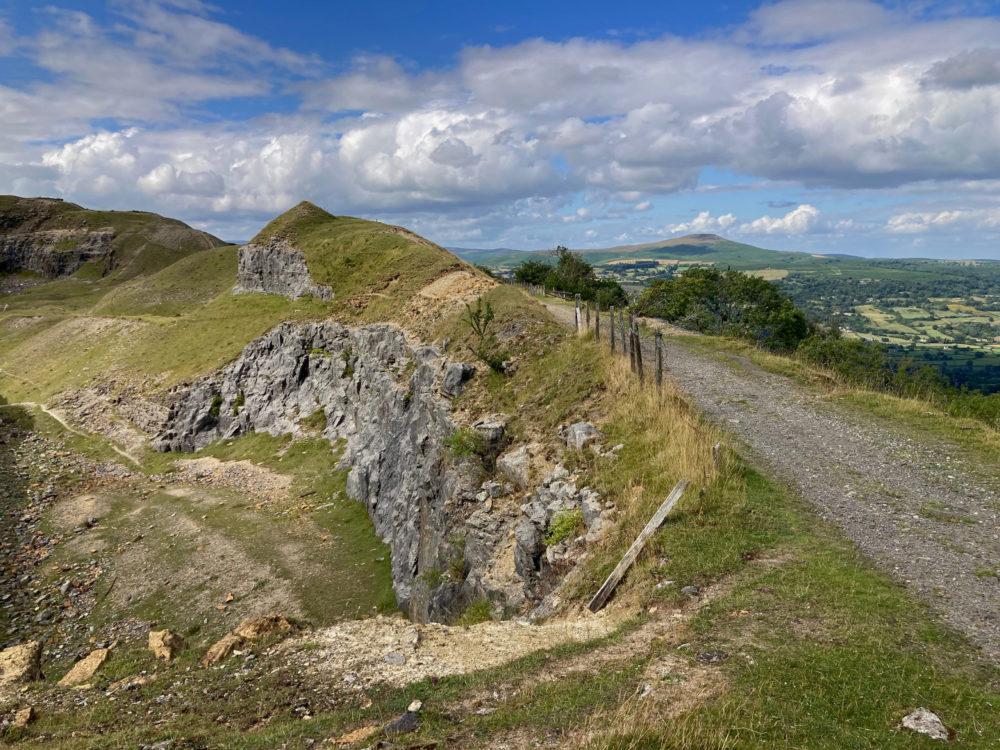
In a year long series Tom Maloney, from Abersychan, shows how you can love a place so well it becomes a part of you.
‘Pwll-du’ – What’s in a name? I again turn to my trusty little book ‘Welsh Place Names and their meanings’ by Dewi Davies. ‘Pwll’ is the Welsh word for a ‘pit or a pool’ and ‘Du or Ddu’ translates as ‘black’ so rather interestingly the origin of this name could well be ‘Blackpool’, but Pwll-du could not be more different to its more famous namesake in the North West of England.
Literally, I suppose, Pwll-du, which is located near Blaenavon, is a little beyond the square mile that surrounds my home, but it is not that far away and it is a place that I return to time and time again. I enjoy the wildness of this big landscape, the scent of the earth, and its glorious views but make no mistake there are hidden stories in every step that you take as well.
Tyla Quarries
A focal point for much of my walking here is the Tyla Quarries, which go back to the early days of the Industrial Revolution in the locality. The Visit Blaenavon website highlights their huge significance:
“Tyla quarries were large and extensive and one of the main sources of limestone for Blaenavon Ironworks, although it also supplied Garn Ddyrys Forge. It used the Pwll-Du tunnel to transport its material.”
There is such history to be sure, but there is also a visual feast. The panorama at Tyla takes me to the paintings of Cezanne and I am sure that the great artist would have been in his element here. Perhaps I should not see beauty here at all, but in the contrast of the flatness of the pastel grey quarry workings set before a summer green background looking towards ‘Mynydd Pen y fal – The Sugar Loaf Mountain’ I see the chiselled brushstrokes and structure of a painting by his hand.
And … then I wonder about the people. If you look carefully you can still see the footprint of the village that was once here, but understanding the life and the community … well this week I was lucky indeed to be joined by Jon Gwillym, whose father Roy was born at Long Row, Pwll-du. I count myself even luckier still because a couple of days later I had the chance to meet Roy at Pwll-du as well.
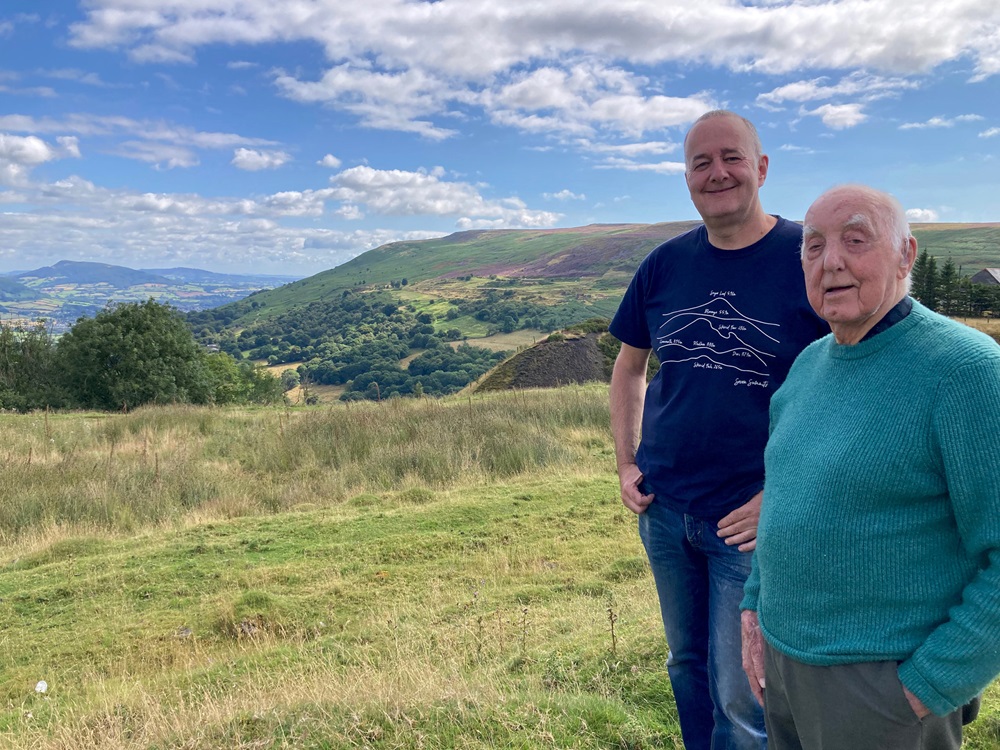
Jon’s knowledge is drawn from conversations with his father ‘Roy’ and from considerable research. Surprisingly, perhaps, Covid, which was a difficult time for us all in so many ways, had in this case been a catalyst for many conversations about Pwll-du with Roy.
How many times in older life I have wished that I had talked to my father more in my younger years about his early life. Jon grasps the opportunity and the learning does not stop! This article is only a glimpse at the knowledge and love that he has for the old village.
Our walk together began at the site where the old school once stood and it was clear from the passion in Jon’s voice that this place held such importance for him. The first child was entered onto the school register in 1871, but there had been an earlier school as well.
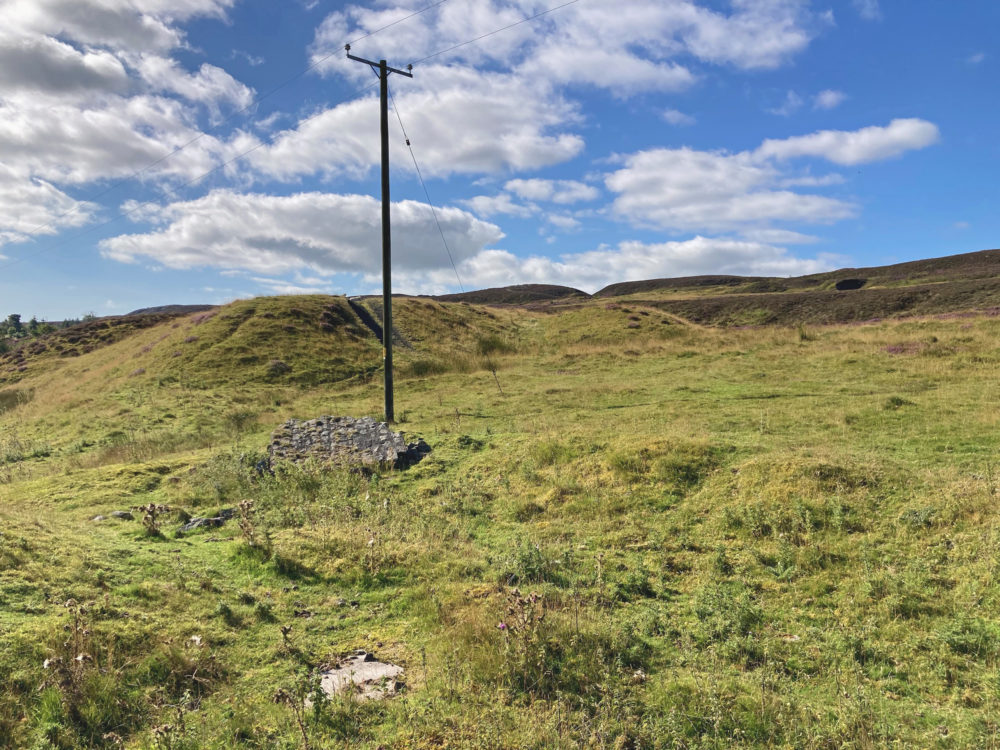
As Jon spoke I found myself imagining the sounds of the children at play in the yard and the joy in the warmth of the stove in the classroom in Winter – the concrete base on which the stove stood is still there!
Rugby was introduced to the area by one of the first headteachers at the school who was from Bath. He had the ball specially made in Abergavenny!
On Sundays the little school building was the community church, serving the people of nearby Garnddyrys as well. Horses were stabled just behind the school during the church services.

Herefordshire
Jon’s family history at Pwll-du goes back to 1870s when his great-grandfather Charles Gwillym came to the area from Kinnersley in Herefordshire along with his two brothers.
One thing that surprised me so much was that all the men went to work at Big Pit, Milfraen Colliery or the Pwll-du Mine Levels, I had expected them to be quarry workers!
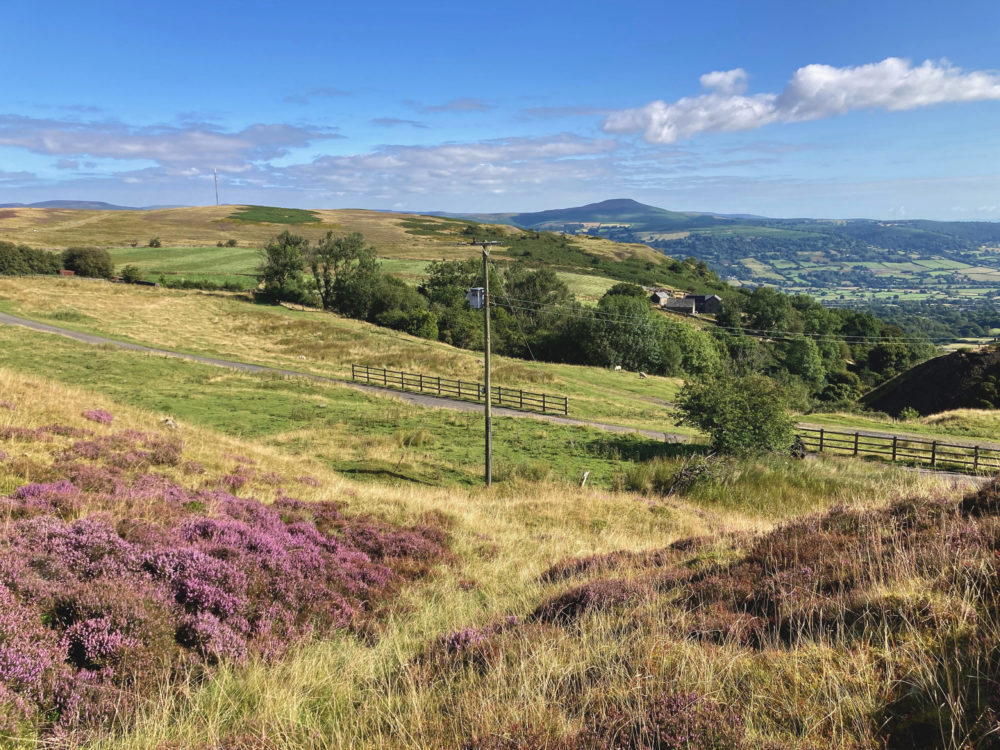
Charles and his family lived at no. 17 Long Row. His wife Bathsheba came from Garnddyrys and they eventually moved into 7/8 Long Row where the family then stayed until 1963 when sadly the time for people living in this little village came to an end. The houses were demolished a year later.
There were one to thirty houses, constructed in strips of ten, changing angle slightly every ten to give the impression of being curved. As with so many homes at the time the toilets, ‘tai bach’ in the Welsh, were built a little way away from the houses, but again built in three blocks.
Jon recalled his father saying that in those days you had a lot of snow and if you had snow for six weeks it wasn’t great using the tŷ bach in winter!
Another surprise for me was that originally much of the cooking would not have been done in the houses. Each row of ten had its own bakehouse, each equipped with two ovens. Oh to have been there when food was being prepared and to breathe in the daily delicious aroma of freshly baked bread. It was only later that stoves and ranges were installed in the terraces.
When I met Roy he could remember taking cakes to a bakery in Blaenavon one snowy Christmas for baking:
‘We took the cakes on a sledge to Blaenavon, but we missed our first baking slot! But Mam knew someone in Blaenavon where we had some tea to wait for the next slot at the bakery. We ate cake for months afterwards, it was like a competition along the row, we had fifteen cakes!”
Where did the water come from?
The answer is a small rectangular pond that still can still be found just a stone’s throw from where the houses once stood, but you could easily miss it!
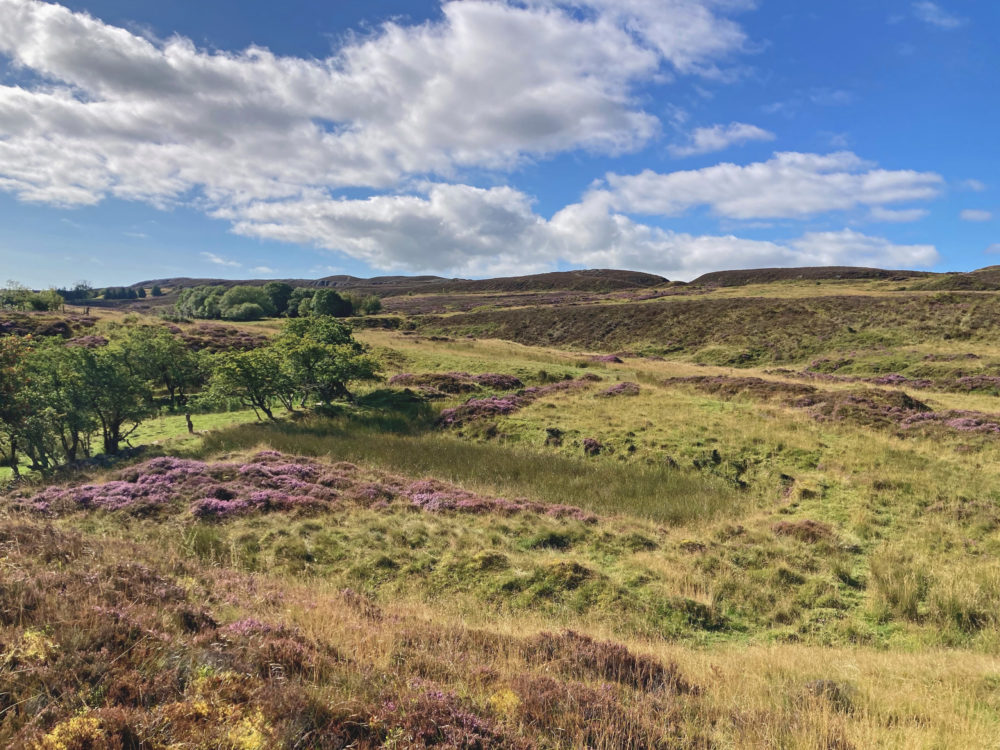
Jon carries a warning about not drinking the water that flowed out ‘from top spout’ from his grandfather, but it took a little piecing together of research and conversation to reveal why:
“I asked my Dad why and he didn’t know. Later on, I found out about the small reservoir that fed the top spout and I told my Dad. He said that the little pond was always full of green algae and frogs! Well I told him, that’s why your dad told you to never drink from top spout!”
Memories of Christmas
There are very special memories for Jon that his Dad has passed on to him. To me the stories are like gifts, but only more precious.
When my dad was in school, it was wartime. A young evacuee about the same age as my dad called Bobby Long came to Pwll-du from London. Bobby’s family had been bombed out three times in London. He came to live with his Auntie Maggie Jones who lived at No. 15.
On his first Christmas, Bobby was sent a projector.
You imagine a projector coming to Pwlldu! The whole village was excited to see the picture show in one of the houses. His dad could remember being there, peeking his head through the front door. No one had ever seen a red double-decker London bus before and there was one on the wall!
Of Bobby’s wartime stay his mother said: “I remember dropping off a nicely spoken Londoner, but I picked up this Welsh Taffy with knees knocked out and socks around his ankles!”
And what of Christmas for the children of the families that lived in Pwll-du?
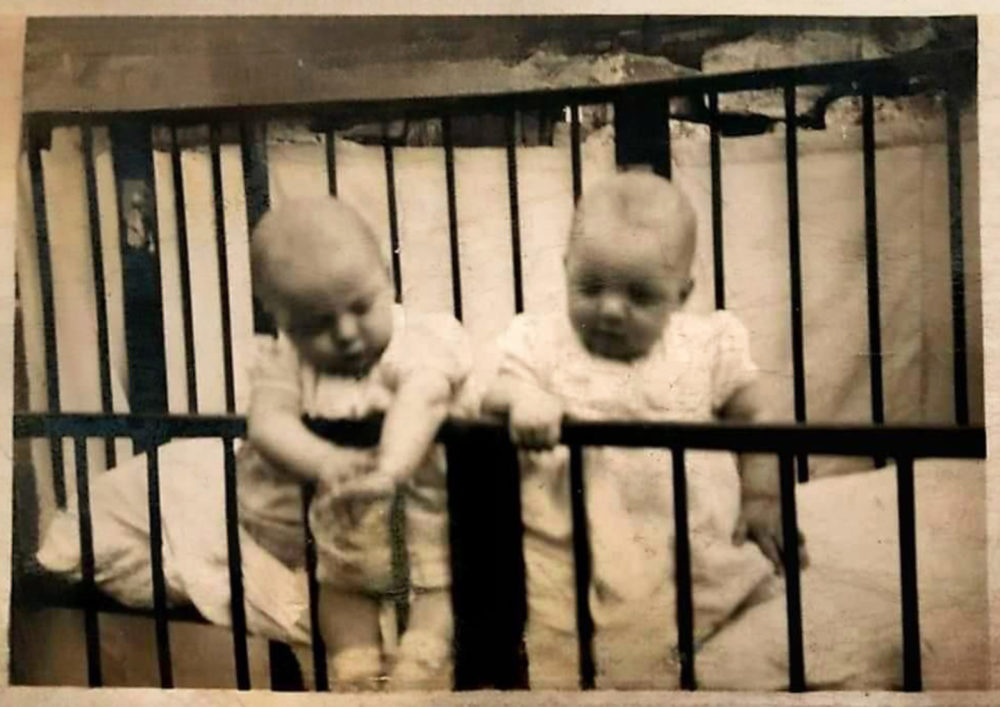
Twins
Jon’s father Roy is one half of a set of twins born at 7/8 Long Row, Pwll-du, which must have been very unusual in itself and again must have created so much excitement along the terrace when they were born.
Auntie Kit was staying with the family at the time. She brought Roy downstairs to a proud father first who said “Awe”, but Auntie Kit quickly said, “There’s another one coming now!” Ron was born just a few minutes later.
Christmas was special.
“My dad remembers a stocking on the mantelpiece with an orange and a strip of chocolate, not a bar. The chocolate was special and great delight was taken in savouring its taste!”
Perhaps there is a lesson here for us all today to take the time to appreciate things.
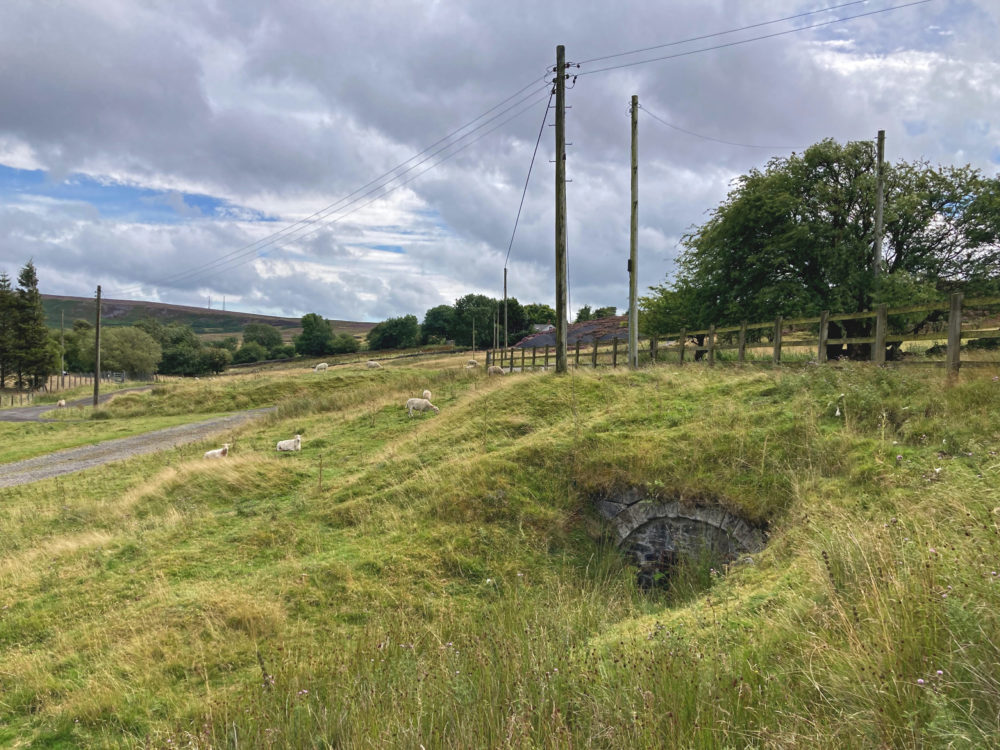
Our walk came to an end by one of the entrances to Pwll-du tunnel. The Visit Blaenavon Website is again another good source of information for this amazing engineering achievement by Thomas Hill 2nd completed in the years after he took over the management of Blaenavon Ironworks in 1815;
‘The 2,400m long tunnel under the mountain at Pwll-Du was the longest ever constructed for a horse-operated railway in Britain.’
The last part of the tunnel was known ‘Harry Gwillym’s Run’ after Roy’s uncle Harry, who used to own the nearby Lamb Pub in the early 1900s. The tunnel is stone-lined near the end where the tunnel runs down into Pwll-du village so everyone knew they were getting close to the pub!
The history that sometimes sits beneath your feet is amazing!

I have walked so many times at Pwll-du and have often marveled at this landscape. This week I have had lovely quiet moments looking beyond the colliery spoil towards ‘Mynydd Pen-y-fâl – The Sugar Loaf and Ysgyryd Fawr’. It is a truly stunning place!
Thanks to Jon I feel I have got a better understanding of the community.
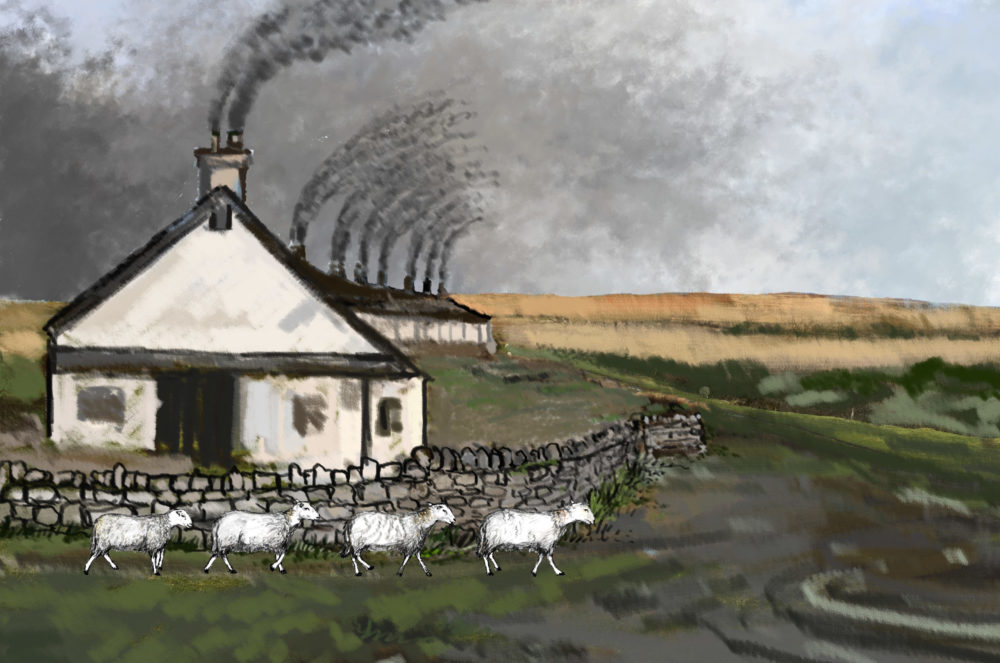
Footprints of the past
As you explore this landscape you will find information boards at significant places. Over the years I have often thought there should be an information board here as well. Everywhere you look the footprint of the past is amazing. It would also be a fitting way to remember the village of Pwll-du.
And of the village that has gone, Jon has a huge pride and though he never lived there a huge sense of belonging as well:
“Some people did not want to move and some were happy to move to a new house, but everybody whose family came from here is proud of their heritage. This was a real rock-solid community. None of the doors were locked and you could walk in any door and speak to anybody.”
Diolch yn fawr iawn Jon am daith gerdded mor anhygoel. Penblwydd hapus i Roy a Ron sy’n 89 oed penwythnos yma.
Thank you very much Jon for such an amazing walk. Happy birthday to Roy and Ron who are 89 years old this weekend.
Support our Nation today
For the price of a cup of coffee a month you can help us create an independent, not-for-profit, national news service for the people of Wales, by the people of Wales.





Wonderful story.
I’m glad I learnt my family history, back to about 1880. Keep working to survive, try to live within your means, and dream of a better tomorrow.
Distant voices, but still near …
What a lovely way capture the sentiment, distant voices but still near… You certainly get that feeling at Pwll-du, especially when you talk to people with such a strong connection with place.
So many families with links to Pwll Du scattered around Blaenavon, Govilon, Llanelly Hill, Clydach and Abergavenny
great article Tom !
Many thanks for the lovely reply. All the thanks must go to Jon and Roy who have such incredible memories of Pwll-du.
Another fine account Tom, it brings to life the area in which we live.
Many thanks Mike. We do have so many stories to tell.